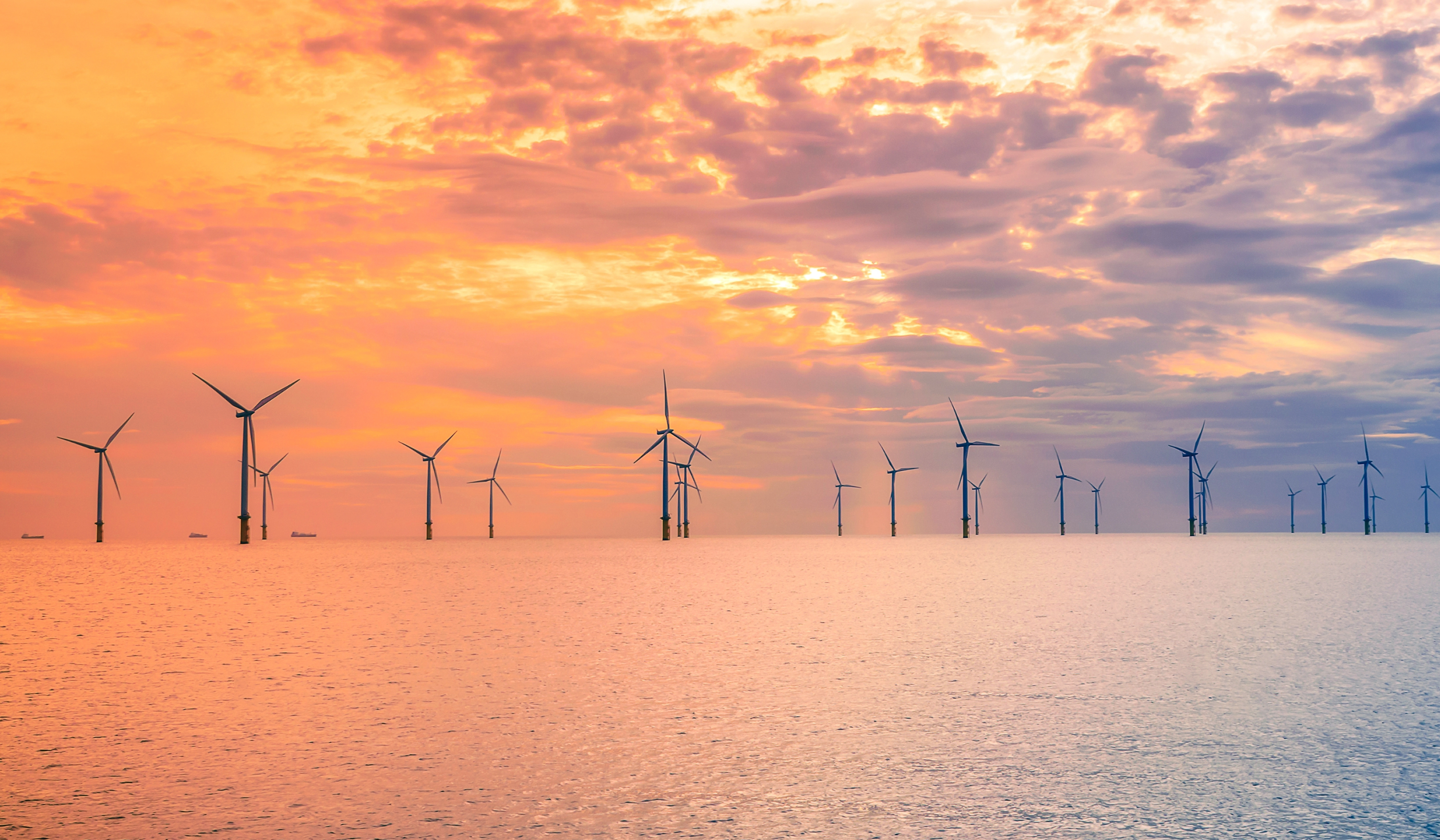
From Setback to Surge: UK Auction Signals Offshore Wind’s Revival
On September 3rd 2024, the UK government revealed the outcomes of the sixth Contracts for Difference (CfD) allocation round. Following the disappointing fifth round in 2023, which saw no bids for offshore wind projects, this latest announcement brings renewed energy to the UK’s offshore wind and renewable energy goals. In total, 131 projects were awarded contracts, representing 9.6 GW of capacity, with 4.9 GW across nine offshore wind developments.
This marks a significant turnaround. The previous Conservative government had already begun addressing the issue of unsustainable strike prices, which had been too low to cover escalating project costs amid inflationary pressures across the supply chain. They raised the Administrative Strike Prices for offshore wind to £73/MWh (a 66% increase from AR5) and £176/MWh for floating offshore wind (up 52%) and allocated a budget of £800 million for offshore wind projects.
When the Labour government took power in July, they further boosted the AR6 budget, increasing support for offshore wind to £1.1 billion, with a total round six budget of £1.5 billion. The increase in funding and the rise in strike prices helped bring more bids to the table, furthering the development of offshore wind capacity in the UK.
Implications for Developers and Investors
Securing 4.9 GW of new offshore wind capacity at competitive strike prices is a strong indicator of the UK’s market resilience in the face of inflation. It also reaffirms the Contracts for Difference scheme as a reliable mechanism for driving investment in renewables. The £20 billion of private investment unlocked by AR6 will help create thousands of jobs across the offshore wind and renewables industry, while providing opportunities for the UK supply chain.
For international developers and investors, these results reveal several key trends about the future direction of the UK wind market:
1. Increased Strike Prices: While AR6 saw an increase in strike prices, they may still be below what some developers need to ensure project viability. Rising costs, driven by inflation and supply chain constraints, could pressure project economics, particularly for large-scale offshore wind developments.3. Intense Competition for CfDs: With a growing number of offshore wind projects chasing limited CfD allocations, competition is expected to remain fierce. Developers must continue driving down costs and exploring alternative innovative financing structures to stay competitive.
4. Attracting Global Investment: The UK’s offshore wind market remains an attractive destination for international developers and investors due to its ambitious targets, robust regulatory frameworks, and increasing policy support. However, for the sector to continue attracting new sources of capital and expertise, the CfD process must evolve. This should focus on supporting and encouraging viable projects from a diverse range of firms, ensuring the continued influx of investment and innovation necessary for the industry’s sustained growth.
The Bigger Picture
When considering the entire perspective, the UK is still staring down a 21GW shortfall to reach that 2030 target. With just two more allocation rounds before the decade is out, AR7 and AR8 must be even more supportive of large-scale, primarily offshore, projects, with AR7 alone estimated to need an unrealistic 16GW to get back on track. Yet, several pre-approved projects that are ready for construction are currently in the pipeline, which could help meet these targets.
A larger and more sustainable project pipeline is needed to spur investment in ports, infrastructure, and manufacturing, ensuring the UK can handle the scale of future offshore wind projects and avoid potential bottlenecks in delivery and grid integration.
International investors remain interested in the UK offshore wind market, recognising its growth potential and the government’s ambition to accelerate the deployment of wind capacity at scale. However, they are also acutely aware of the challenges that could impede progress. Realising the full potential of the AR6 investment will require addressing these hurdles and, most importantly, prioritising deliverability – not just price – to maintain momentum.
The full article was published in Windpower Monthly, written by Sorcha Versteeg, Country Director for UK & Ireland at K2 Management. For more information, visit:





